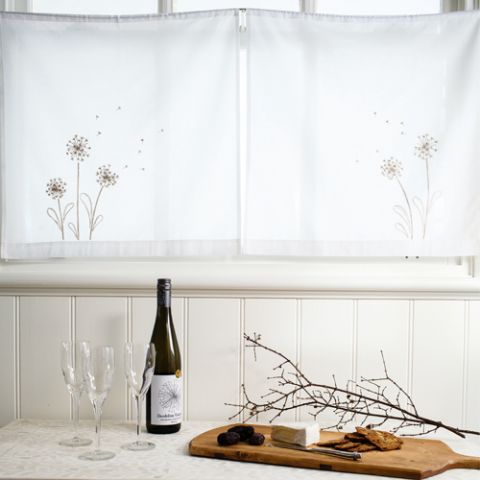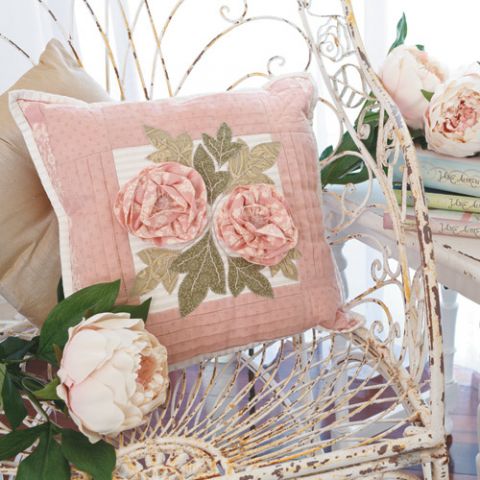Melissa Grant
Why this particular craft? I love to create by hand. Appliqué, dimensional fabric work, embroidery and quilting ... they all centre around a needle and thread. Such a portable and commonplace tool, but there really is no limit to what you can create with it. Like many others, I grew up with women who stitched, knitted, crocheted and sewed. There is no doubt that this love of needlework has come from home. However, over time I have developed a love of breaking the rules. I now really enjoy experimenting, combining everyday techniques to discover something new.
Who taught you your crafting skills? I grew up watching Grandma and Mum create, and there was always the opportunity to join in. They patiently re-threaded my needle or picked up the dropped stitches in my knitting. I was allowed to play with the treadle machine and Mum’s electric, too. In the 1980s, I spent a year on exchange in northern Germany. My host mother taught me to knit “the European way”, which left me astounded. Who knew there was a different way to form the same stitches? While in Germany, I also began to cross-stitch with linen and hand-dyed Danish thread. The stitched designs were both traditional and botanical. I think my current love for both styles began there.
How do you go about your design process? I tend to gather favourite things into groups. Fabrics, images found online, photos taken of things that appeal in texture, shape or design, ideas that come in the middle of the night and colour combinations I find ... they all end up sorted into a bit of a collage. When it’s time to begin a new project, I sort through them to bring them together in a design.
Where do you live and work? We live in the foothills of the beautiful Dandenong Ranges, on the outskirts of Melbourne. After designing under the name of One Day in May for five years, I finally set aside part of our home as a workspace and studio. I’d describe the physical home of One Day in May as “busy”. Almost every flat surface has ‘something in progress’. Like all of us, I aspire to good time management and enough organisation to know where my favourite scissors are!
Which notions couldn’t you do without? My ‘must haves’ for creating are fusible stabiliser, fusible webbing and freezer paper. Fusible stabiliser is a great aid when adding pleats or ruching to a patchwork block. Once the dimension or texture is added to the fabric, stabiliser is ironed to the back for stability. The fabric can then be cut to an accurate size, making it useable in normal patchwork. I often add dimension to projects with double-sided fabric made with fusible webbing. Shapes are cut from the double-sided fabric, using templates made from freezer paper. These shapes are then only partly sewn to the background fabric, allowing them to sit up and cast a small shadow. With this method, I add dimensional leaves, flowers and more to embroidery and applique designs.
Melissa Grant, One Day in May, Creations




